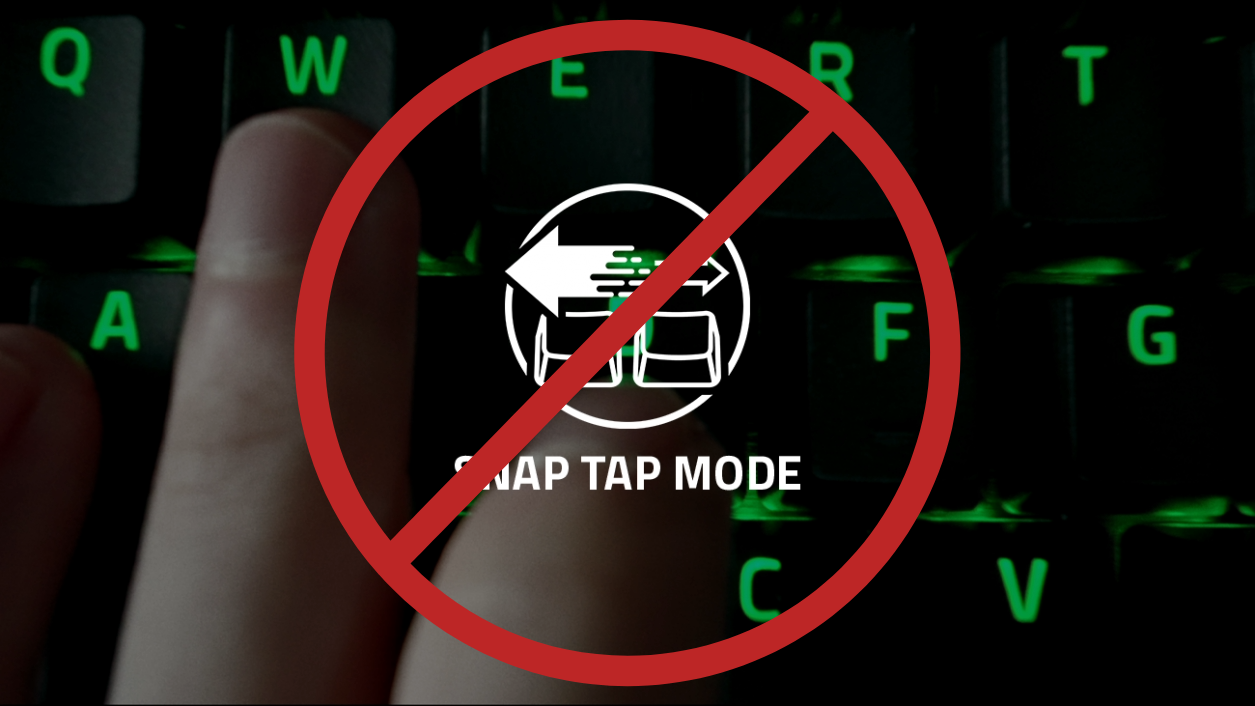
Introduction
In the fast-evolving world of esports, ensuring fair competition is paramount. With advancements in gaming technology such as Razer’s Snap Tap mode, Wooting’s SOCD mode, and MSI’s SkySight, the debate over standardizing hardware and peripherals has intensified. This article explores the potential impact of standardization on the esports industry, addressing key questions and providing valuable insights into this critical issue.
The Case for Standardization
Fair Competition
One of the strongest arguments for standardizing hardware and gaming peripherals is the creation of a level playing field. By ensuring all competitors use the same equipment, disparities caused by superior hardware are eliminated. This fairness is crucial in professional esports, where even the slightest advantage can determine the outcome of a match.
Consistency and Reliability
Standardization ensures consistent performance across all matches and tournaments. With unified hardware, players can expect the same response times, display quality, and overall experience, which can significantly reduce the variability that might affect their performance. This consistency is not just beneficial for players but also for viewers who can expect a high-quality, uniform experience.
Simplified Logistics
For tournament organizers, standardizing equipment simplifies logistics. Managing and maintaining a single type of hardware is more efficient than accommodating various setups. This efficiency can lead to cost savings and smoother tournament operations, ensuring that events run on time and without technical hitches.
The Challenges of Standardization
Personal Preferences
Esports athletes often develop strong preferences for specific peripherals that suit their play style and comfort. Standardization might negatively impact their performance if they are forced to use unfamiliar equipment. This aspect is crucial, as player comfort and familiarity with their gear can significantly influence their in-game performance.
Innovation Stifling
The rapid pace of innovation in gaming technology is driven by competition among manufacturers. Standardizing peripherals might stifle this innovation, as companies would have less incentive to develop new and better products. Esports thrive on cutting-edge technology, and limiting this innovation could slow down the progress of the industry.
Sponsorship and Branding
Many esports teams and players have sponsorship deals with hardware manufacturers. Standardizing peripherals could complicate these relationships, potentially leading to conflicts and financial losses. Sponsors play a vital role in the esports ecosystem, and their support is crucial for the growth of the industry.
Conclusion
Standardizing hardware and gaming peripherals in esports presents both significant benefits and notable challenges. While it can ensure fair competition and consistent performance, it might also impact player preferences, stifle innovation, and complicate sponsorships. As the industry continues to evolve, finding a balance between standardization and flexibility will be key to maintaining the growth and integrity of esports.
Omnic.AI is an AI-powered performance gaming tool designed to help you game smarter. Our technology provides resources for professional esports players, content creators, production teams and every day gamers to do what they love — faster and smarter through the power of AI. If you would like to take your game to the next level with Omnic Forge click here.
